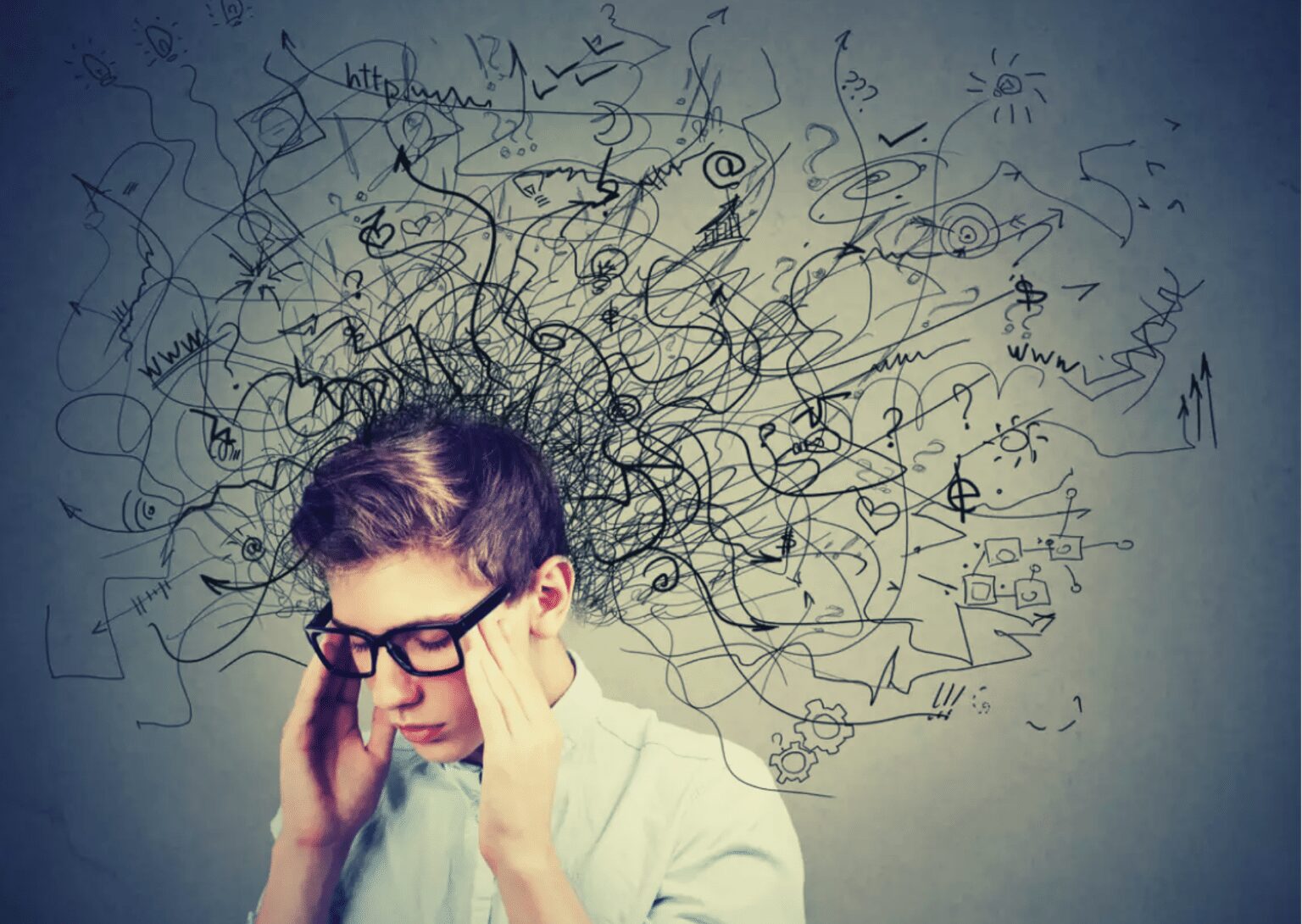In present-day society, mental health conditions are a rising concern. The statistics show a concerning number of people who suffer from mental health issues.
As per the World Health Organisation, Mental health refers to a state of mental wellness that enables people to manage life’s stresses, realize their potential, learn and work effectively, and give back to their communities.

The absence of mental health conditions is only one aspect of mental well-being. It has varying degrees of difficulty and distress. Mental health disorders are experienced differently by each individual and may have very different medical and social outcomes. It exists on a complicated spectrum.
It is a key element of health and well-being that supports both our individual and group capacities to decide, make connections, and influence the world we live in. Furthermore, it is necessary for socio-economic, community, and individual development.

Mental Health Conditions: Statistics
Angeleena Francis, the Executive Director at AMFM Healthcare and certified counselor, stated that the increasing cases of mental health issues have helped in diagnosis by destigmatizing the topic. Due to this, even the treatment for such problems has become more accessible.
She attributes the pandemic to the increase in awareness and diagnosis of mental health issues like anxiety, depression, and suicidal ideation. As per Francis, discussing mental health disorders more often and publicly will further help individuals to seek treatment at the lower levels rather than waiting for the condition to fire up.
Globally, the base number of people affected by depressive symptoms used to be 19.3 crores which grew to 24.6 crores seeing an increase of about 28% during the coronavirus pandemic. Similarly, the number of people affected by anxiety grew from 29.8 crores to 37.4 crores – increasing by 25% during the pandemic.
In the US, the highest number of people suffering from mental health issues belong to the age group of 18 to 25 (30.6%) followed by the age group of 26 to 49 (25.3%) and then the adults over 50 (14.3%).
Racially, multiracial individuals in the US have the highest rate (35.8%) of suffering from mental health issues, while Non-Hispanic Alaskan natives are at a rate of 18.7%. Additionally, 22.3% of the Non-Hispanic whites and 18.4% of the Hispanic population suffer from mental health disorders.

Mental Health Condition: Treatment Statistics
As per Francis, mental health disorders are like any other medical condition and should be addressed similarly by diagnosing, seeking treatment, and continuing. By decreasing the stigma around mental health, more and more people would be inclined to seek treatment.
In the US, the number of adults receiving treatment for mental health disorders increased from 19.2% to 21.6% (from 2019 to 2021) but 42% of adults with clinically diagnosable issues reported that they could not afford to seek treatment for their condition.
In 2022, 10% of US youth who are covered by private health insurance could not have access to mental well-being treatments while 93.5% of US adults suffering from substance abuse did not have access to treatments.
There’s also a significant shortage of certified healthcare professionals who treat mental conditions – one person per 340 individuals seeking service.
The treatment for mental health issues varies with the different conditions and the severity of different mental conditions. Treatment for mental health conditions continues to be expensive and inaccessible for most of those seeking help.
As per a study from Lancet Psychiatry, across 36 countries worldwide, the treatment cost for depression and anxiety is estimated to reach 117 thousand crore rupees by 2030. This may produce a net benefit of 5% modest improvement in productivity which could affect the economic gain of 318 thousand crore rupees.













